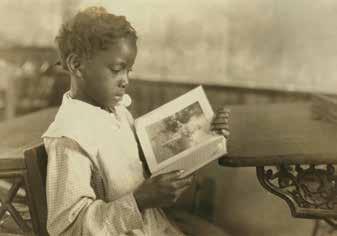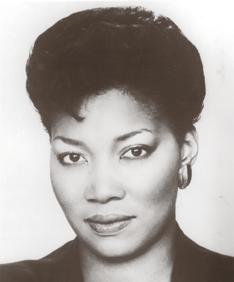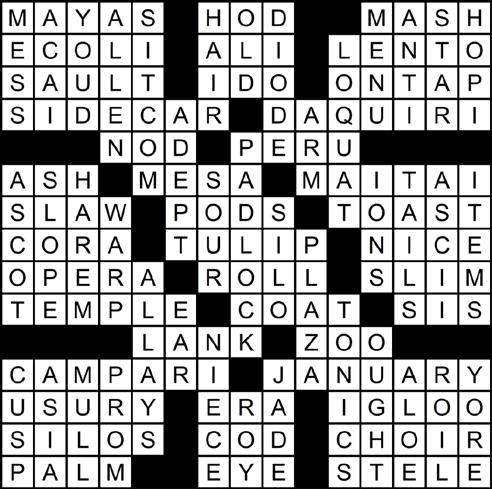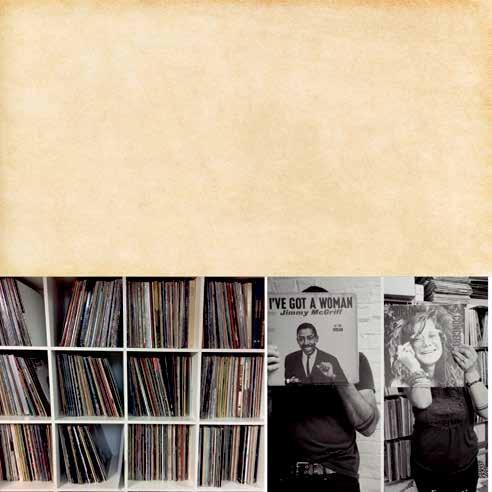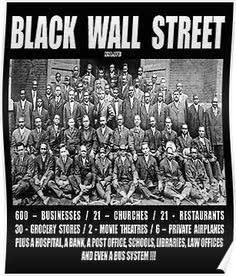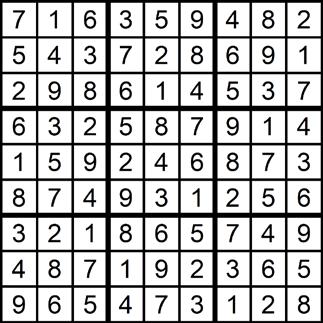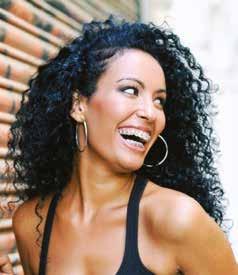
11 minute read
Events
HARLEM COMMUNITY NEWSPAPERS
HARLEM CALENDAR OF COMMUNITY EVENTS
Advertisement
Fats Waller Dance Party (June 18)
June 18 7:00-8:00pm
From the Archives: The Fats Waller Dance Party
The Fats Waller Dance Party is a trib ute to the legendary Fats Waller and fea tures Jason Moran and Meshell Ndegeo cello who performed at the Harlem Stage Gatehouse in the summer of 2011. You can watch on Face book, Instagram, or their website harlem stage.org.
June 18 5:00-6:30pm
Bilingual in the Big Apple: Puerto Rican Education Activism and the Fight for Bilin gual Bicultural Education
Join Andrew W. Mellon Foundation Predoctoral Fellow Lauren Lefty as she discusses the long path to securing the right to bilingual and bicultural education in the nation’s most lin guistically diverse city. This lecture will be broadcast via Zoom; participants will need an internet-accessi ble device with audio capability to attend. The Zoom link will be emailed to partici pants the day prior to their session. MCNY.
June 19 7:00-8:00pm
Summerstage and Creative Outlet pres ents: ‘Hanging Tree’. Honoring the 155th Anniversary of June teenth with a day of multimedia art. This event will feature the panel discussion: The Importance of June teenth’s History & How It Affects Our Commu nity’s Lives Today’. Visit downtownbrooklyn. com for more informa tion.
June 19 8:00pm
The Fannie Lou Hamer Story
A powerful and up lifting biopic of Fannie Lou Hamer’s rise from Jim Crow’s Mississippi to the Halls of Con gress leading the Voting Rights Movement in 1964.The live online event in Celebration of Juneteenth, will debut on Facebook Live and Instagram Live from the historic Wayne Densch Per forming Arts Center in
FLHS (June 19)
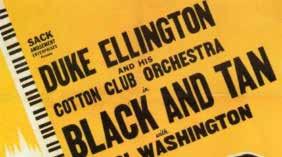
Dear Old Southland (June 22)
Sarah Elizabeth Charles (June 22)

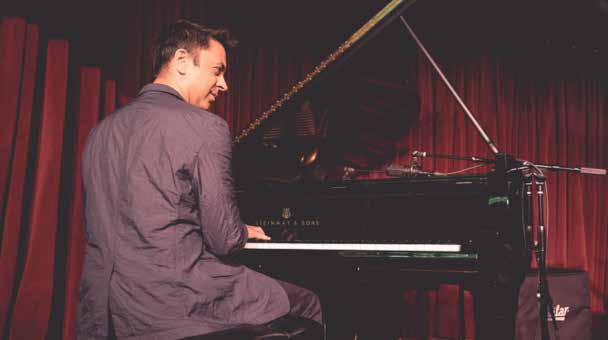
Vijay Iyer (June 23)
Sanford, Florida, the home of the Trayvon Martin tragedy, one of the many symbols of social injustice. For more information visit thefannielouhamer story.com
June 22 6:00-7:00pm
A Dive Deeper Con versation with: Sarah Elizabeth Charles
Vocalist/compos er Sarah Elizabeth Charles and pianist/ composer Jarrett Cherner will perform three songs from their debut duo album, Tone, which centers around the magical, fleeting, and delicate nature of life as well as the need to take care of ourselves, each other, and the world around us. In addition to the performance they will talk about the music and their artistic practice as musicians, educators, and social ly engaged humans. You can watch on Facebook, Instagram, or their website har lemstage.org.
June 22 3:00pm
Dear Old South land: Zora Neale Hurston and the Boundaries of the Harlem Renaissance
Please join National Jazz Museum in Har lem Senior Scholar Loren Schoenberg and our distinguished cohost Professor Robert G. O’Meally as they explore the Harlem Renaissance, a mag ical flowering of creativity centered in and around Harlem during the 1920s. This threepart series will explore the music that Duke Ellington wrote during those years, alongside the authors Langston Hughes, Zora Neal Hurston, and the few others who were ahead of their time in appreciating jazz’s significance. Face book Live event.
June 23 2:00pm
Melody and the Mind with Helen Sung and Dr. Emily Mackev icius
Melody and the Mind brings together jazz music and sci ence as we celebrate the way that music affects our brains and bodies. Join the Na tional Jazz Museum in Harlem to listen and move with the mu sic and maybe learn something new. Face book live event.
June 23 7:00pm
Jazz and Social Jus tice: Meeting the Moment with Vijay Iyer
For this virtual edi tion of the “Jazz and Social Justice” series, Iyer will perform from his Harlem home. Fol lowing the music, in discussion with host Larry Blumenfeld, he and fellow musicians and scholars will talk about the ways in which artists have re sponded to moments like these, historically and now, and how culture addresses, supports and even drives real change. Facebook live event at National Jazz Muse um in Harlem.
HARLEM COMMUNITY NEWSPAPERS
DANCES FOR A VARIABLE POPULATION PRESENTS REVIVAL 4: VIRTUAL! A FIVE-DAY DANCE FESTIVAL & FINALE PERFORMANCE CREATED ENTIRELY ONLINE STARRING SENIOR DANCERS AGES 65 – 83
Celebrating the resilience, vitality, and joy of age in response to this time of COVID-19 and the strengthened American fight for equality and justice for all, Dances For A Variable Population (DVP) will present, REVIVAL 4: Virtual! Beginning on June 23 rd . This five-day virtual performance festival features daily interactive dance workshops free and open to the public with a grand finale performance, REVIVAL 4: Virtual!, featuring eight legendary dance artists and 50 non-professional senior dancers. The dancers have been able to prepare for the Festival and stay connected and support one another through the technology of Zoom rehearsals.
Some of the iconic featured dancers will include choreographers Shirley Black Brown Coward, Tina George Faison Ellen Graff, Audrey Madison, Sandra Rivera and Marnie Thomas along with artistic director of DVP Naomi Goldberg
Haas.
All of the dancers part of the Festival represent neighborhoods throughout New York City and include award-winning featured and principal dancers/ choreographers from the City’s most renowned institutions including the Martha Graham
Company, Alvin Ailey, Ballet Hispanico, Forces of Nature,
and George Faison Universal
Dance Experience
When COVID-19 hit, seniors were deemed the most vulnerable of our population with
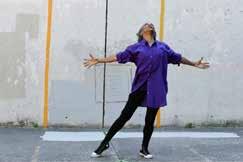
some even writing them off so with Revival 4:Virtual!, DVP will give these seniors an opportunity showcase their resiliency and show the world how you truly age gracefully.
“We’d planned to perform again in Harlem at Grant’s Tomb this summer and of course, the pandemic had other plans. Moving our rehearsals and performances online was a must to ensure that our community remained connected and active during these times,” said Naomi Goldberg Hass. “Dance has so many benefits and now more than ever, we’ve all benefitted tremendously by meeting virtually for classes and expressing ourselves together through dance. We are an example to all that no matter what life has in store, you can persevere and come out stronger than ever. We can’t wait to share our new RE
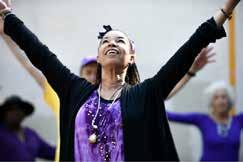
VIVAL 4: Virtual! performances online with you all.”
REVIVAL 4: Virtual!, connects a multi-generational dance company with female choreographers in their 60s, 70s and 80s through a free-access virtual format. Now, as part of DVP’s 11th year of free performances in iconic spaces, the world premiere of REVIVAL 4: Virtual!, will take place Tuesday to Saturday, June 23 to June 27 in daily free and open access virtual performances from 12-7pm with a daily interactive ALL TOGETHER DANCE workshop with live mini performances on Zoom from 5-6pm and daily LIVE streamed Q&A featuring selected choreographers and invited guests. REVIVAL 4: Virtual! will culminate with a LIVE streamed FINALE performance via Zoom followed by an interactive panel with all the choreographers on Saturday June 27 at 6pm linking all the dances with the responses from the communities of New York City.
Members of the public of all ages and dance abilities are invited to participate in this online festival. Access to REVIVAL 4 Virtual! is free with RSVP on the Festival website http://www. revival4.com.
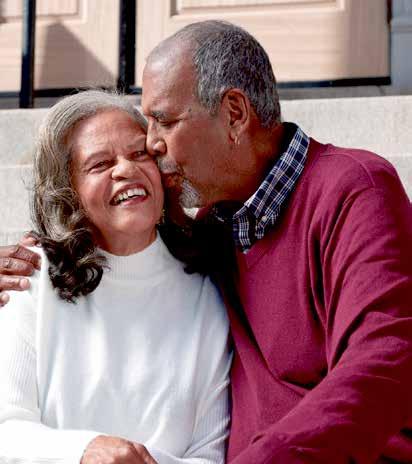
If I could do one thing, I’d make sure we stay healthy.
If you could do one thing for your community, what would it be? More walk-in clinics? More funding for health services closer to home? Completing the 2020 Census is a safe and easy way to inform billions in funding for hundreds of services and programs in your community.
Respond online, by phone, or by mail.
Complete the census at:
2020CENSUS.GOV
HARLEM COMMUNITY NEWSPAPERS COMMUNITY Racial divide of coronavirus is real, so are innovations that can help
By Allyson Y. Schwartz and Martha A. Dawson
News about the Black Nurses Association, a novel coronavihealth system administrator rus, which has and educator of more than now claimed over 100,000 40 years (Dawson), this is a American lives, is all subject close to our hearts. around us. A subtext told Last year, we participatin this reporting is the pained in a convening on racial ful story of the pandemic’s disparities in health care devastating effect on people hosted by Better Mediof color. care Alliance that brought
While coronavirus does together representatives not know boundaries of from the National Minority race, income, or ethnicity, Quality Forum, NAACP, its disproportionate impact National Medical Associaon minority communities is tion, members of the Conunmistakable and points to gressional Black Caucus, a deeper crisis of racial disand other health equity parities in health care that leaders. have persisted long before While we could not have the onset of this disease. predicted the havoc that
A Centers for Disease coronavirus would wreak Control and Prevention on our health care system (CDC) study in Atlanta the following year, we find found that, in a cohort of ourselves reflecting on the 305 adults hospitalized solutions discussed that can with coronavirus, 83 perbe brought to bear today. cent were black. SimilarThis convening crystally, in Washington, D.C., ized what we have already 80 percent of lives lost to known: racial inequities coronavirus are black. Pubelsewhere in our culture lic health officials report manifest today in the form that Latinx populations are of unconscious and conoverrepresented in coronascious bias by health providvirus deaths, too. ers, lack of representation
There will be lessons of minorities in high-level gained from this pandemhealth professions, and lagic, giving us the insights ging outcomes for minoriand motivation to build on ties across the health care new ways to deliver care. A system. renewed call to confront raOur institutions in health cial inequality in health care care are not powerless to should be at the top of the take on these inequities list both for policymakers, – many already are. The the educational system, and Accreditation Council for health care itself. Graduate Medical Educa
As a former member of tion (ACGME) explained Congress who represented at the convening the steps Philadelphia, the nation’s being taken to ensure greatsixth-largest city with a mier diversity in the physician nority population of over 60 workforce, while providpercent (Schwartz), and the ers like ChenMed and Oak President of the National Street Health are directly engaging minority communities and leveraging supplemental benefits to address health disparities.
We believe that Medicare Advantage – the managed care option in Medicare where more than 24 million seniors and Americans with disabilities receive coverage – highlights successful remedies for the inequities in health care that are deeply felt amid the coronavirus pandemic.
Increasing numbers of racial minorities are choosing Medicare Advantage for their health care needs. 57 percent of Latinx Medicare beneficiaries are enrolled in Medicare Advantage and black seniors represent a higher proportion of beneficiaries in Medicare Advantage than in Traditional Medicare.
Black and Latinx seniors are more likely to be affected by health conditions that can heighten the risk of coronavirus-related complications. Black adults are 20 percent more likely to have asthma, 72 percent more likely to be diabetic, and eight times as likely to be diagnosed with HIV than white adults. Tackling these chronic conditions and slowing disease progression is essential to protecting these individuals, future generations, and their communities from future health crises.
Medicare Advantage offers promising signs – with a 29 percent lower rate of avoidable hospitalizations among beneficiaries with multiple chronic conditions, and a 73 percent lower rate of serious complications among the most clinically at-risk diabetics.
We also know that most seniors live on fixed incomes, including racial minorities who are more likely to experience poverty than white older adults. Medicare Advantage can help these vulnerable beneficiaries stay more financially secure, saving them near
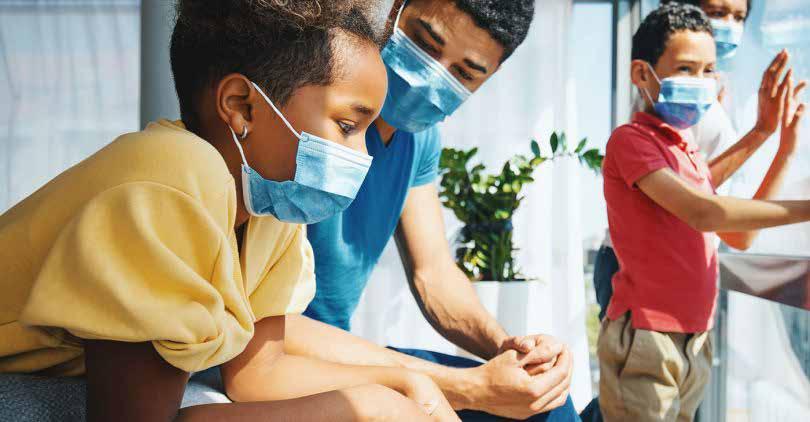
ly $1,600 a year in annual health expenditures compared to Traditional Medicare.
Consider, too, the impact of hunger and food insecurity that is exacerbated amid the coronavirus pandemic. Even before this crisis took its toll, over 21 percent of black households struggled with food insecurity.
Medicare Advantage’s flexible benefit design offers tools to help. Nearly half of Medicare Advantage plans provide supplemental coverage for meal benefits and have stepped up in this moment of crisis to help get food in the hands of seniors in need.
These achievements do not happen by chance. They are made possible by the unique incentives built into the framework of Medicare Advantage that reward the value of health services provided, rather than the volume. This allows for a greater focus on primary care, earlier clinical interventions, supplemental benefits tailored to address social determinants of health, and lower costs to the patient and the health care system.
Medicare Advantage is not a panacea for the racial inequities that persist across our culture today, and there is more work to be done. A report that followed our convening outlines sensible recommendations for reform — from required unconscious bias and cultural sensitivity training, to more accurate and actionable data to pinpoint where and how disparities occur.
Still, these successes offer us great hope that, even in this season of crisis, innovations are taking hold that can lead to a more just future in health care.
Allyson Y. Schwartz is president and CEO of the Better Medicare Alliance. She represented Pennsylvania in the U.S. House of Representatives from 2005 to 2015.


